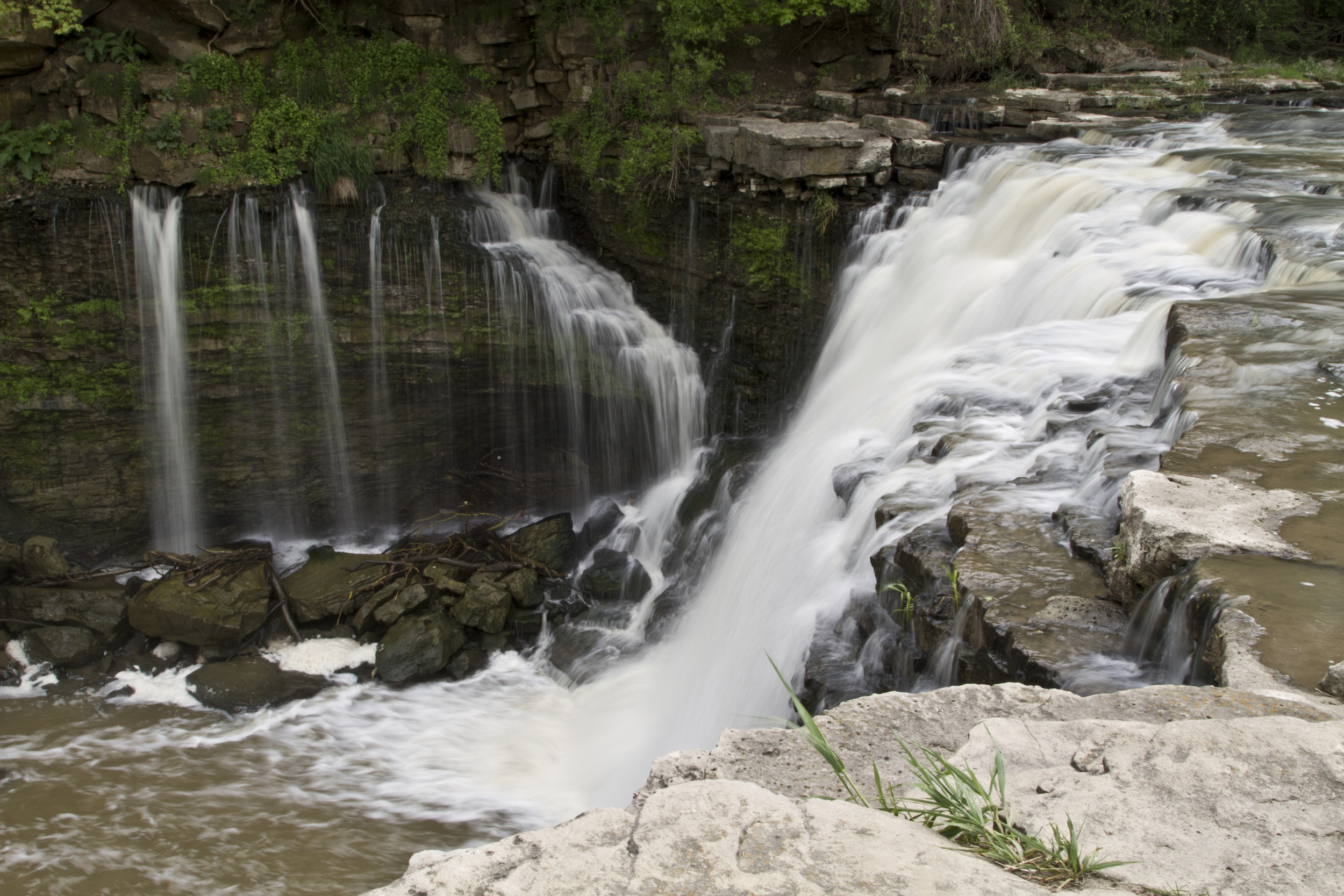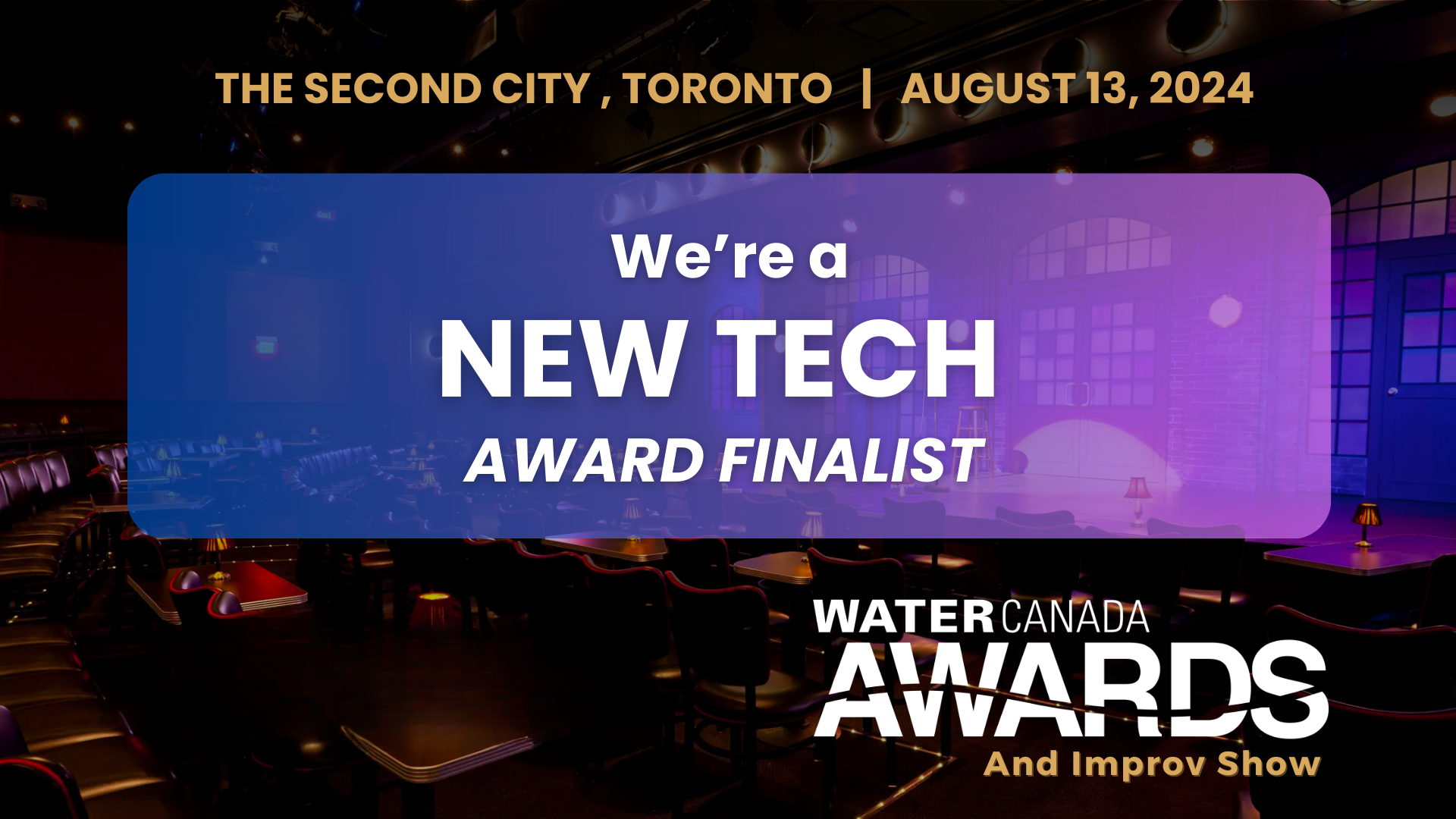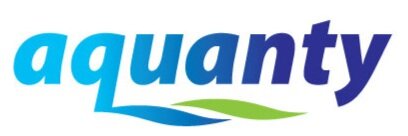

Aquanty Selected as Finalist for New Tech Award for Machine-Learning Based Streamflow Forecasting
Aquanty Inc. is proud to have been selected as finalists for the New Tech award at the annual Water Canada Awards. This award recognizes a groundbreaking new product at the forefront of technological innovation in the Canadian water sector.

Ontario Water Consortium - WIG Project Highlight: Using machine learning to make flood forecasts less wishy-washy
The Ontario Water Consortium has written an excellent article which reviews Aquanty’s latest technology driven initiative that can be used to manage water resources. With support from the Ontario Water Consortium’s Water Industry Growth Program, Aquanty is making machine-learning (i.e. artificial intelligence) driven real-time flood forecasting a reality.

Introducing the HydroGeoSphere Interface - Aquanty Webinar
The HGS Interface is a GUI for HydroGeoSphere that has been built into Aquaveo’s flagship Groundwater Modeling System (GMS), one of the world’s premier software packages for subsurface hydrological simulations. With the introduction of the extremely powerful HydroGeoSphere simulation engine, GMS v10.8 users will be able to construct fully-integrated groundwater-surface water models powered by HydroGeoSphere!

HydroGeoSphere Research Paper wins Water Resources Research Editors’ Choice Award
We’d like to highlight a terrific achievement in the HydroGeoSphere user community, and send a hearty congratulations to Dr. James Thornton and his research team for winning the 2022 Editors’ Choice Award from the Water Resources Research journal.

Manitoba Cooperator - Field-level water forecasts: There’s an app for that
The Manitoba Cooperator has written an excellent article (with comments from Dr. Steve Frey, Aquanty’s Director of Research Services) which reviews some of the new technology driven initiatives to manage water resources throughout Manitoba, with a specific focus on the newly developed MFGA Aquanty Forecasting Tool - a real-time hydrologic forecasting system for decision-support around water movement, soil health, climate risk assessment & mitigation in the Assiniboine River Basin and Pembina River watersheds.

MFGA-Aquanty Forecast Tool - Grasslander Fall 2023
We are so glad to see that another issue of the Manitoba Forage and Grassland Association’s (MFGA) Grasslander has been published, providing a timely update on the ongoing work that the MFGA and Aquanty have been putting into the MFGA-Aquanty Forecasting Tool.


Water Forecasting Platform Soon to be Launched for the Pembina River Valley
Aquanty is proud to announce that we’re launching a new project in partnership with the Pembina Valley Watershed District (PVWD) and Manitoba Forage and Grassland Association (MFGA) to launch a new hydrologic forecasting platform for the Pembina River Valley.

Physics and Ecology in Fluids: Modeling and Numerical Experiments
Congratulations to our Senior Software Developer Derek Steinmoeller for publishing his latest book! 'Physics and Ecology in Fluids: Modeling and Numerical Experiments' was written by Dr. Marek Stastna, Professor, Dept. of Applied Math, University of Waterloo and his former graduate student Dr. Derek Steinmoeller, Scientist/Senior Software Developer at Aquanty Inc.
The book was written to help fill a perceived gap in the current understanding of the interactions between the motion of fluids in natural bodies of water and the population dynamics of the living organisms that reside therein. The book takes a novel approach to teaching by using the reader's laptop to run open-source simulation codes in a kind of 'virtual laboratory' to explore the movement and evolution of fluid flows and the organisms that are represented as tracers of the flow.
